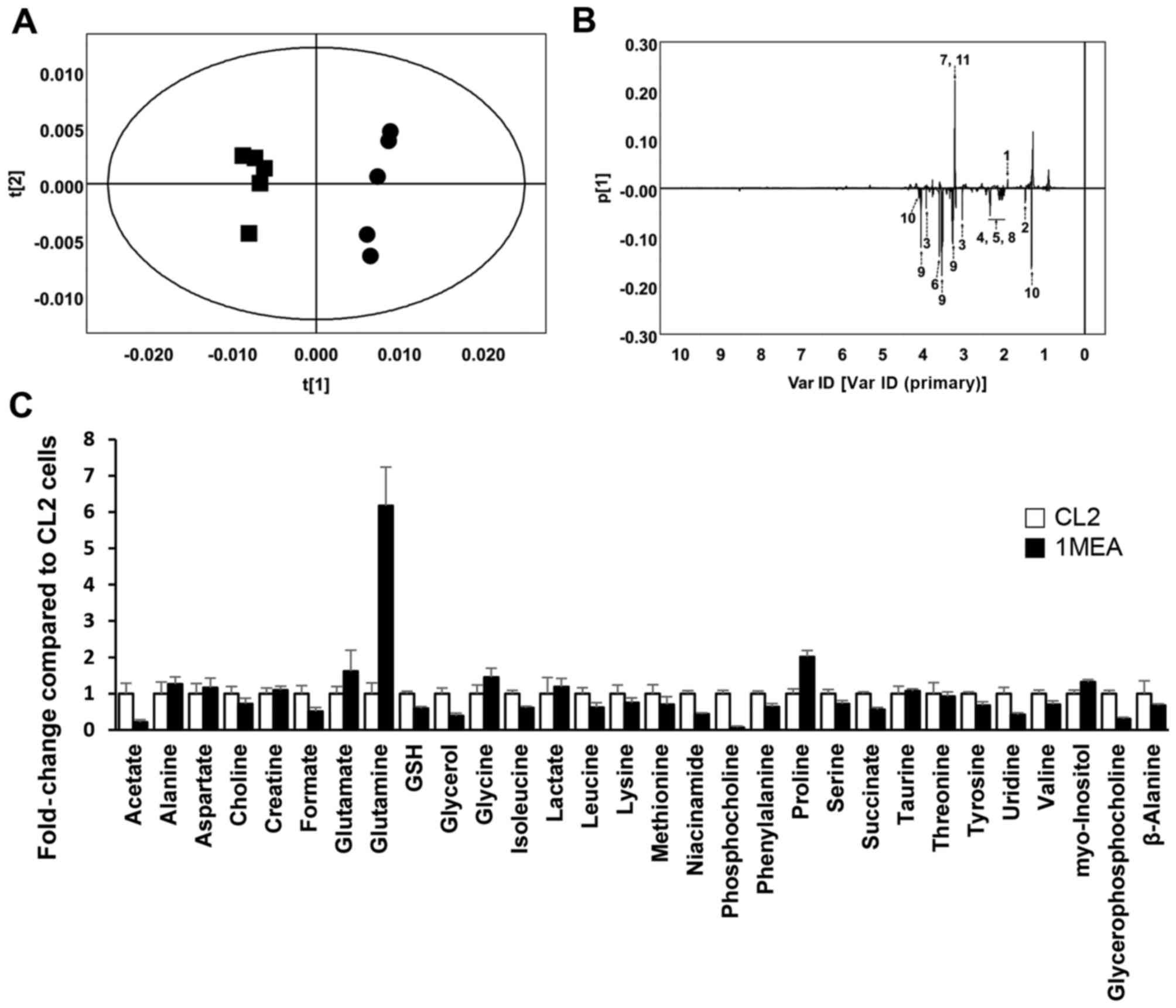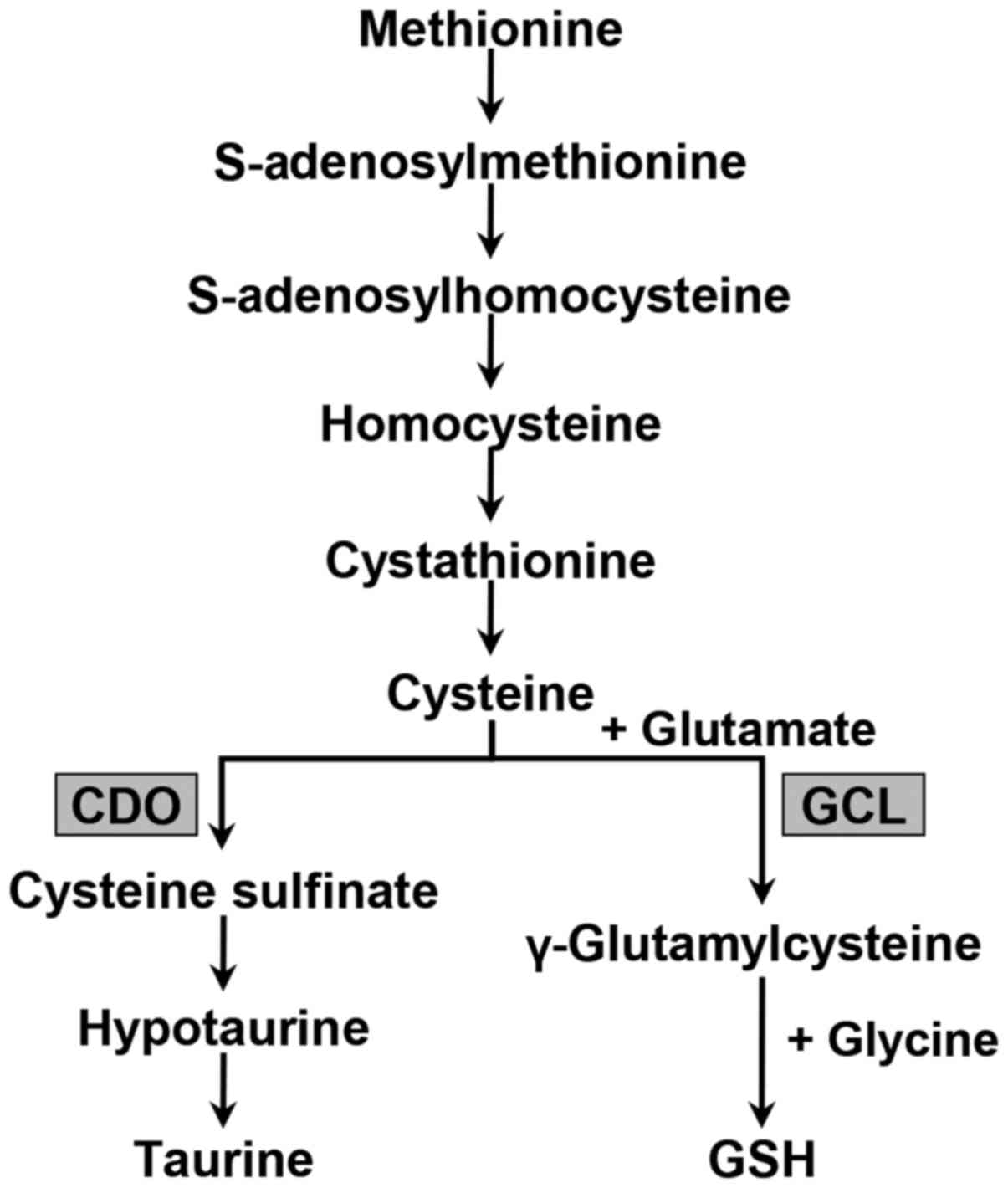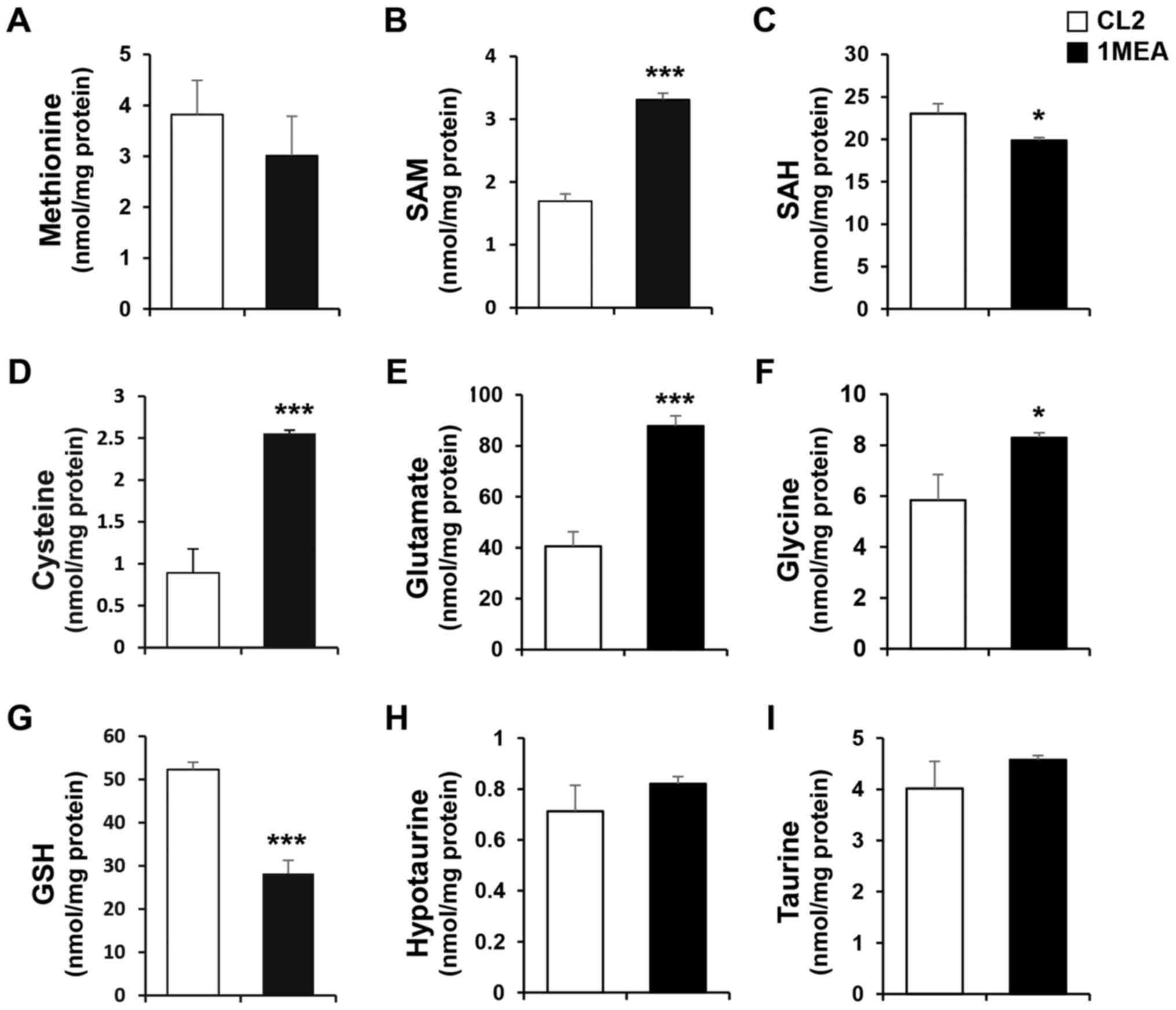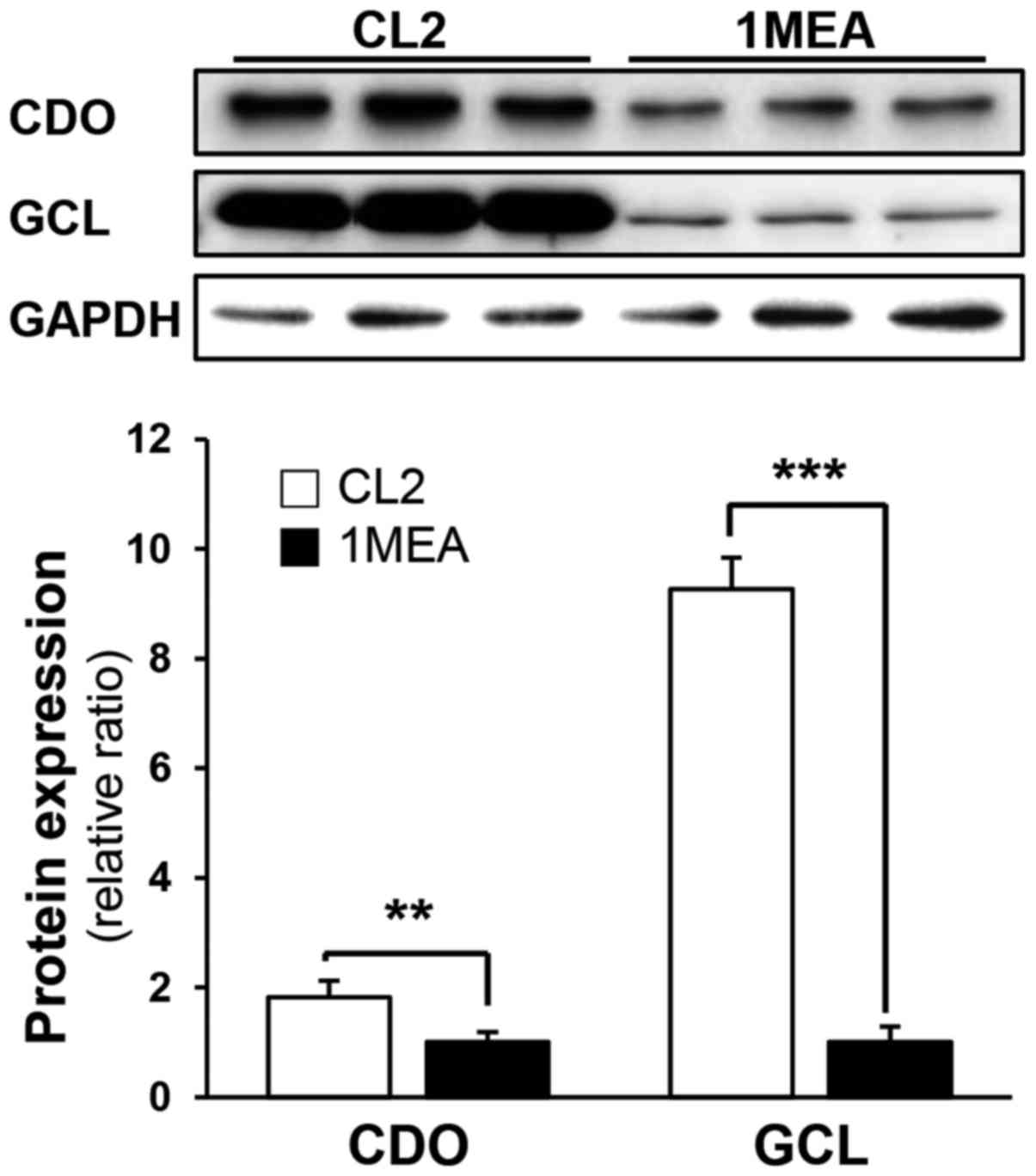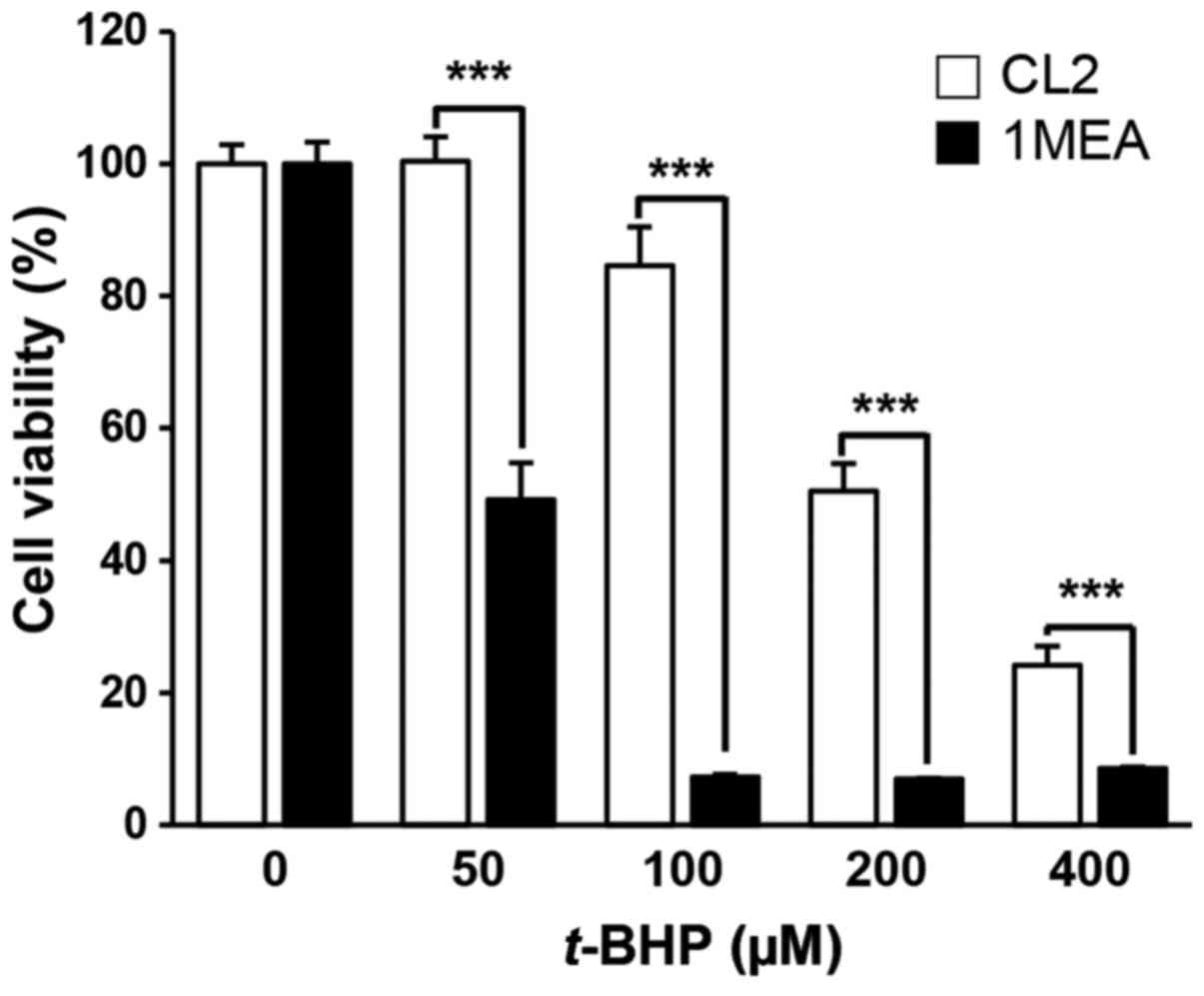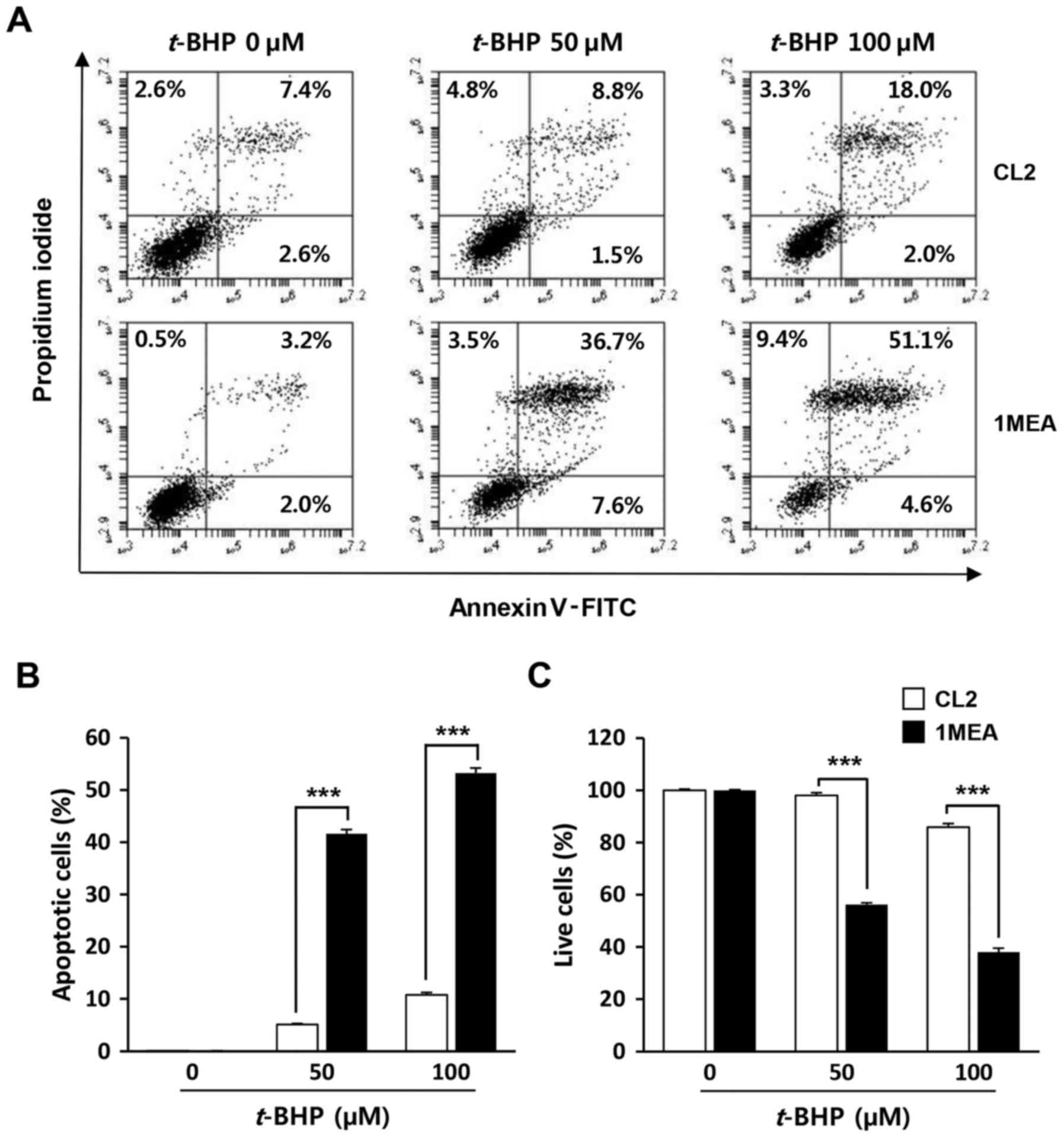|
1
|
Van Metre PC and Mahler BJ: Trends in
hydrophobic organic contaminants in urban and reference lake
sediments across the United States, 1970–2001. Environ Sci Technol.
39:5567–5574. 2005. View Article : Google Scholar : PubMed/NCBI
|
|
2
|
Weisman D, Alkio M and Colón-Carmona A:
Transcriptional responses to polycyclic aromatic
hydrocarbon-induced stress in Arabidopsis thaliana reveal the
involvement of hormone and defense signaling pathways. BMC Plant
Biol. 10:592010. View Article : Google Scholar : PubMed/NCBI
|
|
3
|
Kim KH, Jahan SA, Kabir E and Brown RJ: A
review of airborne polycyclic aromatic hydrocarbons (PAHs) and
their human health effects. Environ Int. 60:71–80. 2013. View Article : Google Scholar : PubMed/NCBI
|
|
4
|
Pelclová D, Fenclová Z, Dlasková Z, Urban
P, Lukás E, Procházka B, Rappe C, Preiss J, Kocan A and Vejlupková
J: Biochemical, neuropsychological, and neurological abnormalities
following 2,3,7,8-tetrachlorodibenzo-p-dioxin (TCDD) exposure. Arch
Environ Health. 56:493–500. 2001. View Article : Google Scholar
|
|
5
|
Baccarelli A, Mocarelli P, Patterson DG
Jr, Bonzini M, Pesatori AC, Caporaso N and Landi MT: Immunologic
effects of dioxin: New results from Seveso and comparison with
other studies. Environ Health Perspect. 110:1169–1173. 2002.
View Article : Google Scholar : PubMed/NCBI
|
|
6
|
Pesatori AC, Consonni D, Bachetti S,
Zocchetti C, Bonzini M, Baccarelli A and Bertazzi PA: Short- and
long-term morbidity and mortality in the population exposed to
dioxin after the 'Seveso accident'. Ind Health. 41:127–138. 2003.
View Article : Google Scholar : PubMed/NCBI
|
|
7
|
Mimura J and Fujii-Kuriyama Y: Functional
role of AhR in the expression of toxic effects by TCDD. Biochim
Biophys Acta. 1619:263–268. 2003. View Article : Google Scholar : PubMed/NCBI
|
|
8
|
Denison MS and Nagy SR: Activation of the
aryl hydrocarbon receptor by structurally diverse exogenous and
endogenous chemicals. Annu Rev Pharmacol Toxicol. 43:309–334. 2003.
View Article : Google Scholar : PubMed/NCBI
|
|
9
|
Nebert DW, Dalton TP, Okey AB and Gonzalez
FJ: Role of aryl hydrocarbon receptor-mediated induction of the
CYP1 enzymes in environmental toxicity and cancer. J Biol Chem.
279:23847–23850. 2004. View Article : Google Scholar : PubMed/NCBI
|
|
10
|
Shimada T: Xenobiotic-metabolizing enzymes
involved in activation and detoxification of carcinogenic
polycyclic aromatic hydrocarbons. Drug Metab Pharmacokinet.
21:257–276. 2006. View Article : Google Scholar : PubMed/NCBI
|
|
11
|
Suresh R, Shally A, Mahdi AA, Patel DK,
Singh VK and Rita M: Assessment of association of exposure to
polycyclic aromatic hydrocarbons with bronchial asthma and
oxidative stress in children: A case control study. Indian J Occup
Environ Med. 13:33–37. 2009. View Article : Google Scholar
|
|
12
|
Van Tiem LA and Di Giulio RT: AHR2
knockdown prevents PAH-mediated cardiac toxicity and XRE- and
ARE-associated gene induction in zebrafish (Danio rerio). Toxicol
Appl Pharmacol. 254:280–287. 2011. View Article : Google Scholar : PubMed/NCBI
|
|
13
|
Yuan JW, Krieger JA, Maples KR, Born JL
and Burchiel SW: Polycyclic aromatic hydrocarbons decrease
intracellular glutathione levels in the A20.1 murine B cell
lymphoma. Fundam Appl Toxicol. 23:336–341. 1994. View Article : Google Scholar : PubMed/NCBI
|
|
14
|
Ranjit S, Midde NM, Sinha N, Patters BJ,
Rahman MA, Cory TJ, Rao PS and Kumar S: Effect of polyaryl
hydrocarbons on cyto-toxicity in monocytic cells: Potential role of
cytochromes P450 and oxidative stress pathways. PLoS One.
11:e01638272016. View Article : Google Scholar
|
|
15
|
Lu SC: Glutathione synthesis. Biochim
Biophys Acta. 1830:3143–3153. 2013. View Article : Google Scholar :
|
|
16
|
Summer KH and Eisenburg J: Low content of
hepatic reduced glutathione in patients with Wilson's disease.
Biochem Med. 34:107–111. 1985. View Article : Google Scholar : PubMed/NCBI
|
|
17
|
Gold LS, Slone TH, Manley NB and Bernstein
L: Target organs in chronic bioassays of 533 chemical carcinogens.
Environ Health Perspect. 93:233–246. 1991. View Article : Google Scholar : PubMed/NCBI
|
|
18
|
Wheelock AM and Wheelock CE: Trials and
tribulations of 'omics data analysis: Assessing quality of
SIMCA-based multivariate models using examples from pulmonary
medicine. Mol Biosyst. 9:2589–2596. 2013. View Article : Google Scholar : PubMed/NCBI
|
|
19
|
She QB, Nagao I, Hayakawa T and Tsuge H: A
simple HPLC method for the determination of S-adenosylmethionine
and S-adenosylhomocysteine in rat tissues: The effect of vitamin B6
deficiency on these concentrations in rat liver. Biochem Biophys
Res Commun. 205:1748–1754. 1994. View Article : Google Scholar : PubMed/NCBI
|
|
20
|
Jung YS, Kim SJ, Kwon DY and Kim YC:
Comparison of the effects of buthioninesulfoximine and phorone on
the metabolism of sulfur-containing amino acids in rat liver.
Biochem Biophys Res Commun. 368:913–918. 2008. View Article : Google Scholar : PubMed/NCBI
|
|
21
|
Ide T: Simple high-performance liquid
chromatographic method for assaying cysteinesulfinic acid
decarboxylase activity in rat tissue. J Chromatogr B Biomed Sci
Appl. 694:325–332. 1997. View Article : Google Scholar : PubMed/NCBI
|
|
22
|
Nolin TD, McMenamin ME and Himmelfarb J:
Simultaneous determination of total homocysteine, cysteine,
cysteinylglycine, and glutathione in human plasma by
high-performance liquid chromatography: Application to studies of
oxidative stress. J Chromatogr B Analyt Technol Biomed Life Sci.
852:554–561. 2007. View Article : Google Scholar : PubMed/NCBI
|
|
23
|
Ballatori N, Krance SM, Notenboom S, Shi
S, Tieu K and Hammond CL: Glutathione dysregulation and the
etiology and progression of human diseases. Biol Chem. 390:191–214.
2009. View Article : Google Scholar : PubMed/NCBI
|
|
24
|
Lu SC: Regulation of glutathione
synthesis. Mol Aspects Med. 30:42–59. 2009. View Article : Google Scholar :
|
|
25
|
Stipanuk MH: Sulfur amino acid metabolism:
Pathways for production and removal of homocysteine and cysteine.
Annu Rev Nutr. 24:539–577. 2004. View Article : Google Scholar : PubMed/NCBI
|
|
26
|
Meister A and Anderson ME: Glutathione.
Annu Rev Biochem. 52:711–760. 1983. View Article : Google Scholar : PubMed/NCBI
|
|
27
|
Coloso RM, Drake MR and Stipanuk MH:
Effect of bathocuproine disulfonate, a copper chelator, on
cyst(e)ine metabolism by freshly isolated rat hepatocytes. Am J
Physiol. 259:E443–E450. 1990.PubMed/NCBI
|
|
28
|
Garcia RA and Stipanuk MH: The splanchnic
organs, liver and kidney have unique roles in the metabolism of
sulfur amino acids and their metabolites in rats. J Nutr.
122:1693–1701. 1992.PubMed/NCBI
|
|
29
|
Kwon YH and Stipanuk MH: Cysteine
regulates expression of cysteine dioxygenase and
gamma-glutamylcysteine synthetase in cultured rat hepatocytes. Am J
Physiol Endocrinol Metab. 280:E804–E815. 2001.PubMed/NCBI
|
|
30
|
Stipanuk MH, Coloso RM, Garcia RA and
Banks MF: Cysteine concentration regulates cysteine metabolism to
glutathione, sulfate and taurine in rat hepatocytes. J Nutr.
122:420–427. 1992.PubMed/NCBI
|



